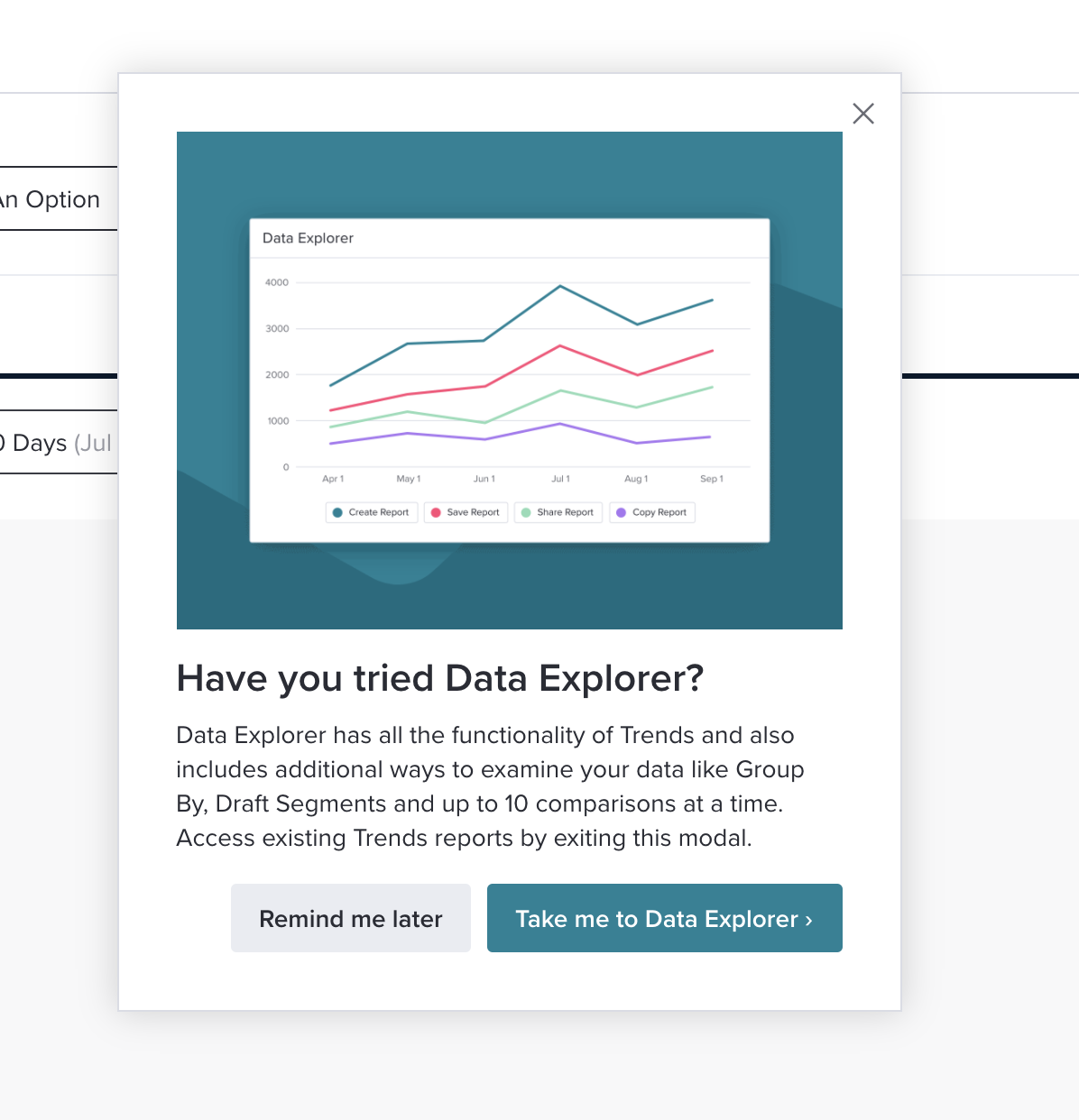Most product marketers love a big product launch. A big sunset on the other hand? Not so much.
However, sunsetting products and features is important work–not to mention it’s work that is improved by product marketing’s involvement. If your team thinks about a sunset as an innovation event (hint: you should), then it’s important to be equally as strategic about removing a feature from your product as you are about adding one.
If you’re a product marketer working on a sunset (or a product leader in need of your product marketing counterpart), here are some best practices to keep in mind. Note: Most of these tips relate to the communication users will receive throughout the sunsetting process.
1. Keep it simple and clear
When delivering hard news, us humans have a bad habit of trying to make things sound rosey. We often obfuscate the issue for no real reason–but a sunset is no time for this tactic. Product marketers should already be good at writing for clarity, but be sure to double down on this when writing about a sunset. Make sure your customers know exactly what is happening (and when) and how they can get help when they need it. After you’ve clearly communicated the basic facts, then you can spend more time explaining why you made this particular decision.
2. Work with product to simplify
The first tip above is particularly hard (but equally as important) when the issue at hand is very technical. Companies never want to confuse their users, but you definitely don’t want to risk confusing users when communicating about something like a sunset. Work tightly with your product team to understand the issue and why said product or feature is being removed, and then be able to write about it clearly. It can also be useful to leverage videos to show–not just tell–what’s changing in the product.
3. Don’t make a mountain out of a molehill
Remember to only alert people who will be affected by the change. A user who has never used a specific feature likely doesn’t need to know it’s going away. Use segmentation to target your sunset communications only to those users for which the information will be relevant.

Also be cautious not to over apologize with your communication. Sunsets are an important part of product development and are good for customers (if you do it right). Rather than emphasizing how sorry you are, emphasize the value users will get as a result of this change.
4. Get the most out of a sunset
Retiring a product or feature isn’t necessarily fun, but it does give you an opportunity to move users over to other (higher-value) products and features. Don’t miss out on the opportunity in front of you–a sunset can mean being able to increase adoption of other products that are in need of this boost. For example, we recently retired our Trends feature, which offered a nice touchpoint to remind Pendo users of Data Explorer and explain why it’s a better alternative to the feature we retired.

5. Talk to customers and help customer success
It’s likely that some customers will be upset about the sunset decision and want to talk to your product team. Your customer success (CS) team is going to have to get on the phone with these customers, and you as the product marketer should offer your help. It may be that the customer just needs to voice their concerns with someone. Doing this may not be the most fun task, but it’ll help you collaborate better with CS and build customer empathy very quickly.
Is a sunset as fun as a product launch? No–but can it be just as impactful and rewarding? Absolutely. Hopefully these tips make it a little easier.


